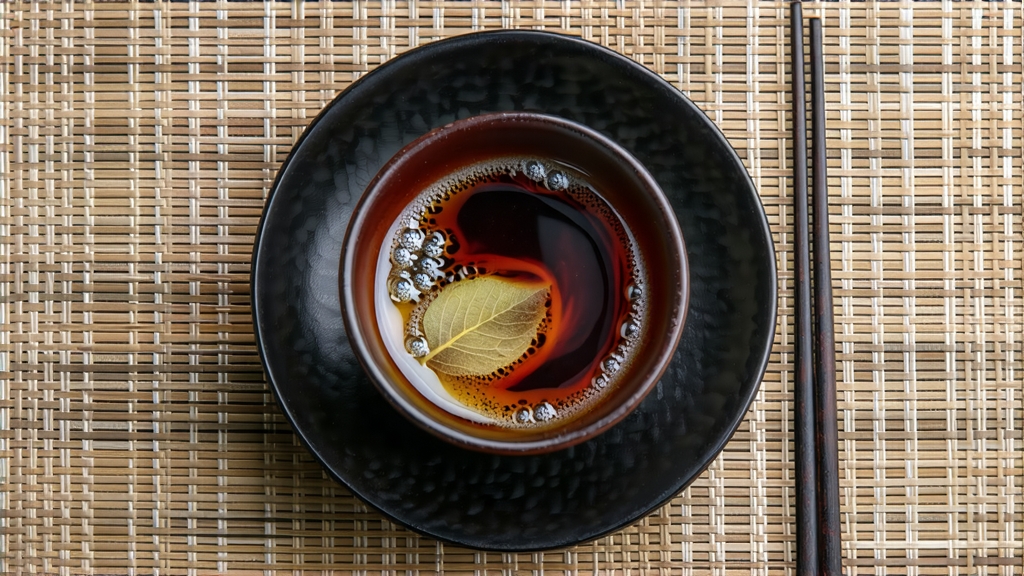
Tucked into the fog-ribboned slopes of Phoenix Mountain in northern Guangdong, Phoenix Dancong—literally “single-bush”—is the most perfumed renegade within China’s vast oolong family. Whereas Fujian’s Wuyi yancha trades on mineral cliff-born gravitas and Anxi’s Tieguanyin flaunts floral creaminess, Dancong seduces with uncanny, grape-varietal-like aromatics that can mimic peach, jasmine, almond, ginger flower or even ripe mango. One leaf, it seems, contains an entire orchard.
Historical records from the Song Dynasty (960-1279 CE) already list “Phoenix tribute tea” arriving at the imperial court, but Dancong’s metamorphosis into an oolong began during the late Ming. Mountain-dwelling She ethnic communities discovered that partial oxidation tamed the bitter harshness of local large-leaf tea trees while amplifying their natural honeyed perfume. By the Qing, merchants carved stone paths—still visible today—so mule caravans could carry bamboo-wrapped Dancong to Guangzhou’s Thirteen Factories for export to Southeast Asia and Europe. A 1956 shipment to Chairman Mao reportedly carried the Song cultivar “Song Zhong,” cementing Dancong’s national fame.
Botanically, Dancong is not a single cultivar but a mosaic of over 80 genetically distinct “fragrance types” (xiang xing) grafted from ancient mother trees. Each tree, often centuries old and growing out of weathered granite, is harvested and processed separately, hence “single-bush.” The most celebrated clones include:
- Huang Zhi Xiang (orange-blossom)
- Mi Lan Xiang (honey-orchid)
- Zhi Lan Xiang (gardenia)
- Almond Fragrance (xing ren xiang)
- Ginger Flower (jiang hua xiang)
Their leaves are longer, serrated and leathery than the compact Fujian cultivars, an adaptation to Phoenix Mountain’s 1,000-1,400 m elevation, diurnal temperature swings and ultra-violet-rich mist.
Crafting Dancong is a thirteen-step choreography performed within a single dawn-to-dusk window. Pickers pluck one bud plus three or four leaves when the sun’s angle is still low, preserving aromatic esters. The loaded bamboo baskets are never compressed, preventing premature oxidation. Withering happens in three waves: sun, ambient shade and finally heated bamboo drums that drop the leaf temperature to 22 °C, locking in green-floral notes.
The bruising stage—yao qing—is where Dancong’s soul is coaxed out. Workers toss the leaves onto a 2-meter diameter, waist-high bamboo tray and rhythmically rock them side-to-side for eight minutes. Edges bruise, cells rupture, polyphenols meet enzymes, and the mountain air fills with peach-skin aroma. Oxidation is arrested at 30-40 %, lower than Wuyi rock tea but higher than Tieguanyin, giving Dancong its amber-ochre infusion and buoyant, rather than creamy, body.
Charcoal baking, unique in intensity, follows. Using 300-year-old lychee-wood embers set in a sunken brick oven, tea masters bake the leaf through five cycles over 30 hours. Between each cycle the tea rests 48 hours so residual heat travels from stem to tip, expelling hidden moisture and “fixing” fragrance. The finished strip is dark olive with vermilion veins, releasing a dry scent of toasted marzipan and mountain orchid.
To brew Dancong Gongfu style, use a 100 ml gaiwan or small zisha clay pot. Heat the vessel with 95 °C water, then fill one-third with leaf—roughly 5 g. The first 5-second rinse awakens the charcoal memory; discard. Subsequent steeps begin at 10 seconds, adding 3-5 seconds each pour. A quality Dancong yields 9-12 infusions, its liquor graduating from bright topaz to deeper mahogany while the aroma flips from front-note flowers to back-note honeycomb and finally to cooling alpine menthol.
Tasting is vertical as well as horizontal. Bring the aroma cup to your nose: inhale once rapidly, once slowly; the first sniff captures